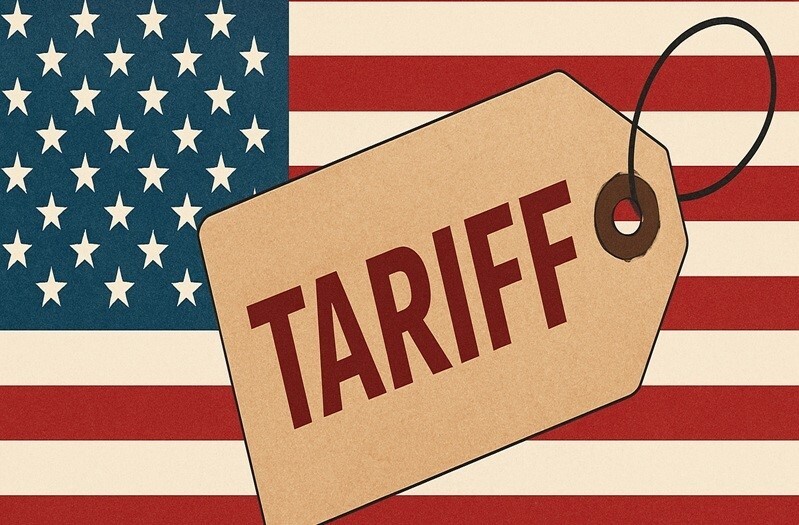

The Trump administration’s aluminium tariffs starting at 25 per cent in March 2025 and doubling to 50 per cent by June have reshaped global aluminium trade, rattling supply chains and upending industry dynamics.

Major players like Alcoa, Rio Tinto, Rusal, Chalco, and Hindalco Industries have absorbed staggering costs. Alcoa alone reported USD 115 million in tariff-related expenses in Q2 2025, while Rio Tinto faced losses exceeding USD 300 million in just six months, heavily impacted by Canadian exports destined for the US market.
These tariffs have not only squeezed profit margins but also forced large firms to rethink their strategies. Many have rerouted shipments to Europe and Asia, invested in tariff-resilient segments such as aluminium for electric vehicle (EV) batteries, and deferred higher-cost operations. Their global networks, scale efficiencies, and deep financial reserves offer some cushion in this turbulent environment. Yet for Small and Medium Enterprises (SMEs), the picture is far grimmer. With tighter margins, limited market access, and constrained capital, many SMEs face existential threats amid this upheaval.
To know more about the future of aluminium market read: Global Aluminium Market - 2025-2032
SMEs grapple with rising costs, order declines, and cash flow crunches
Responses








